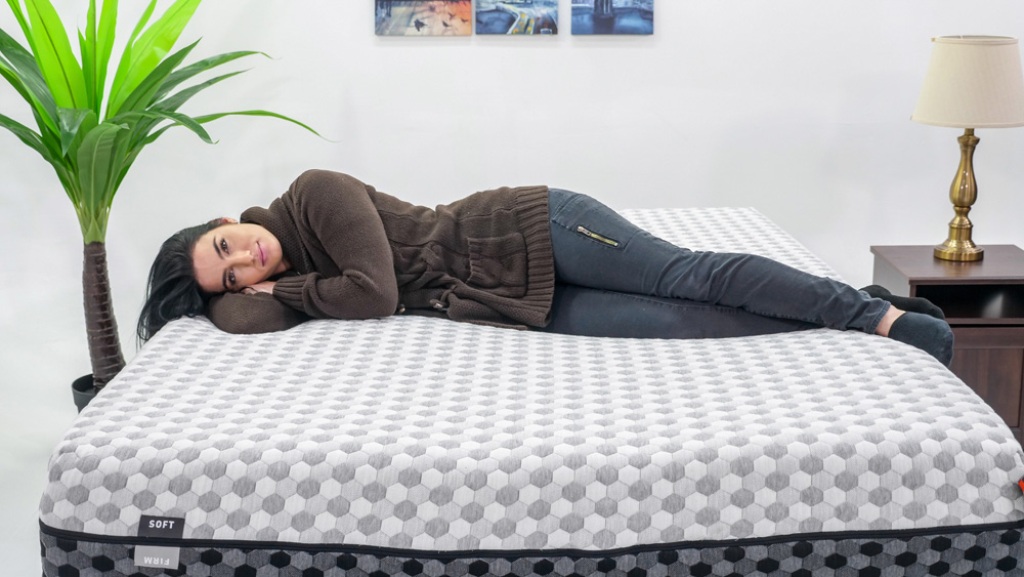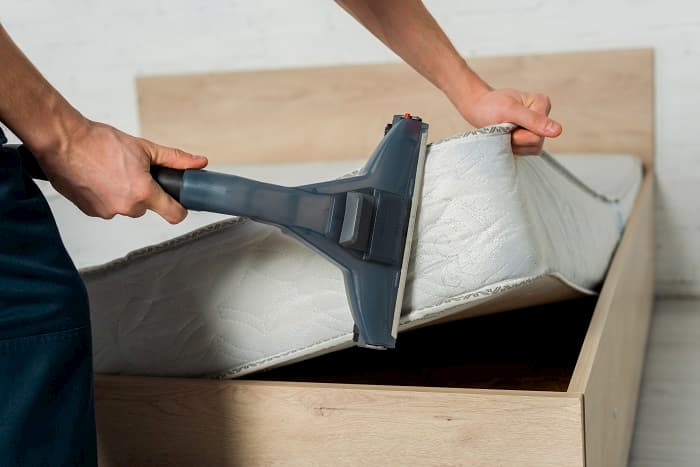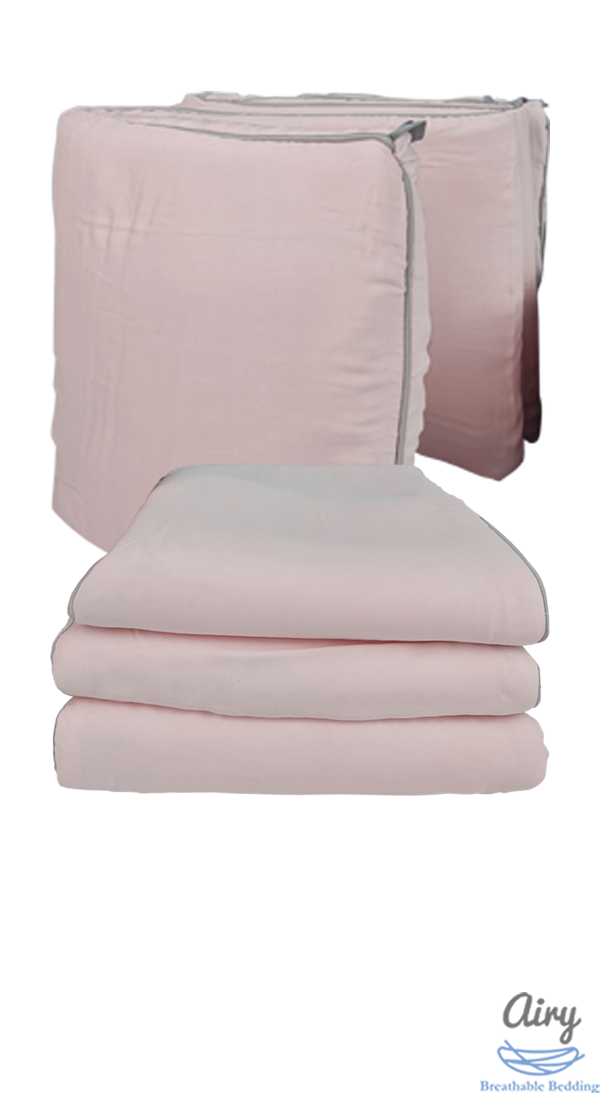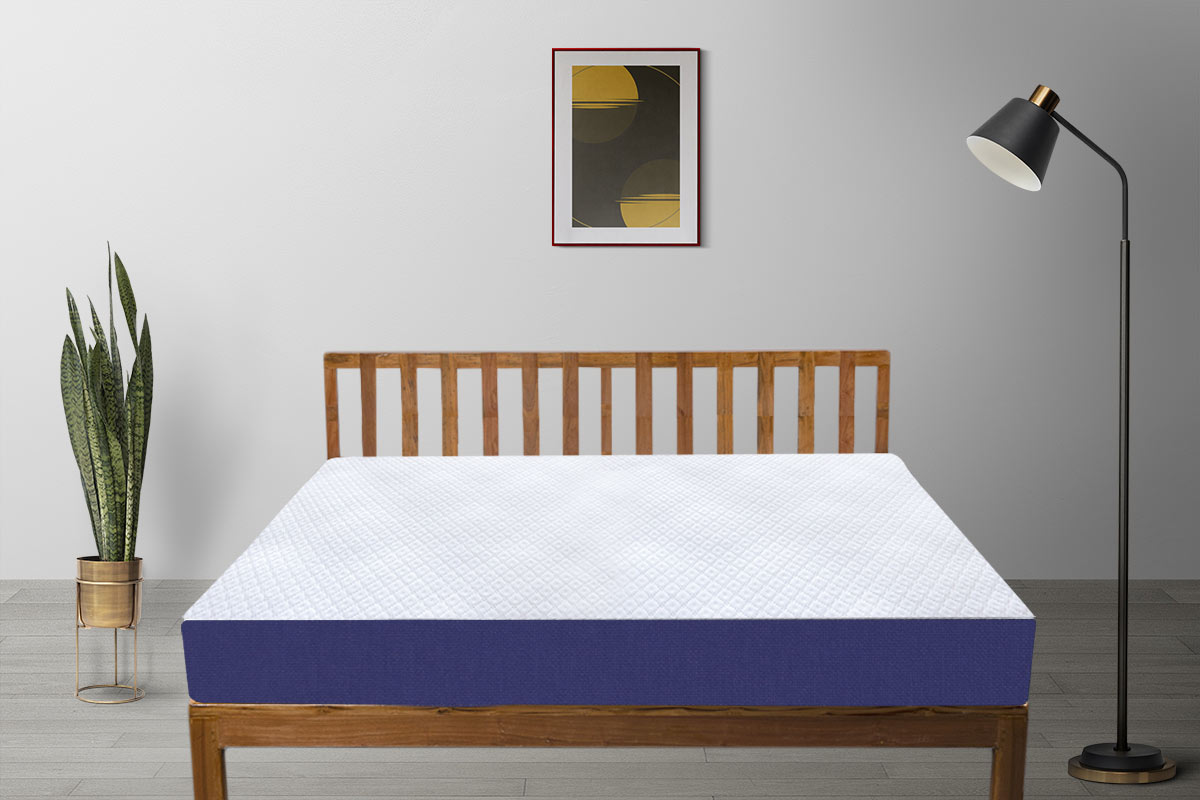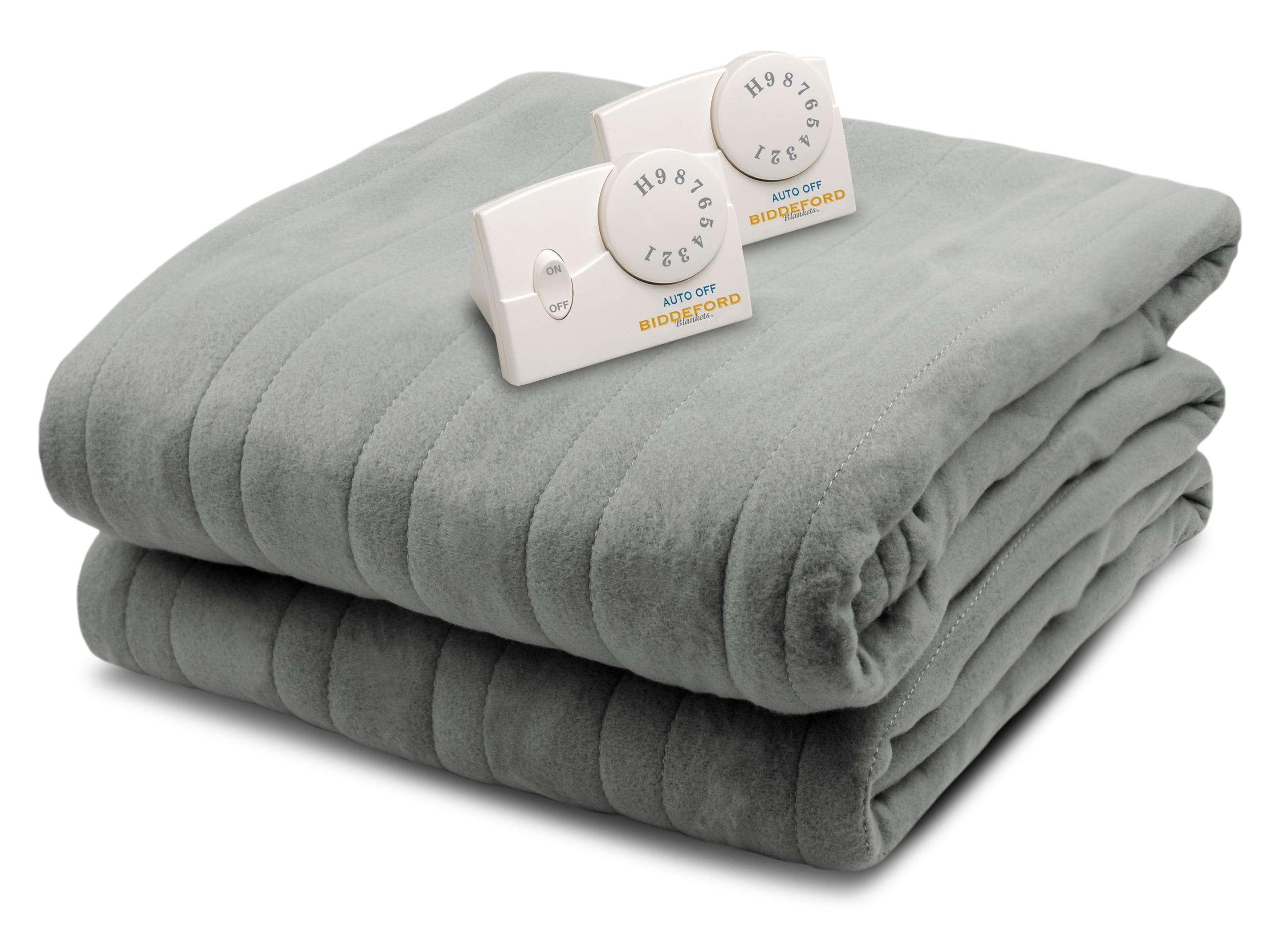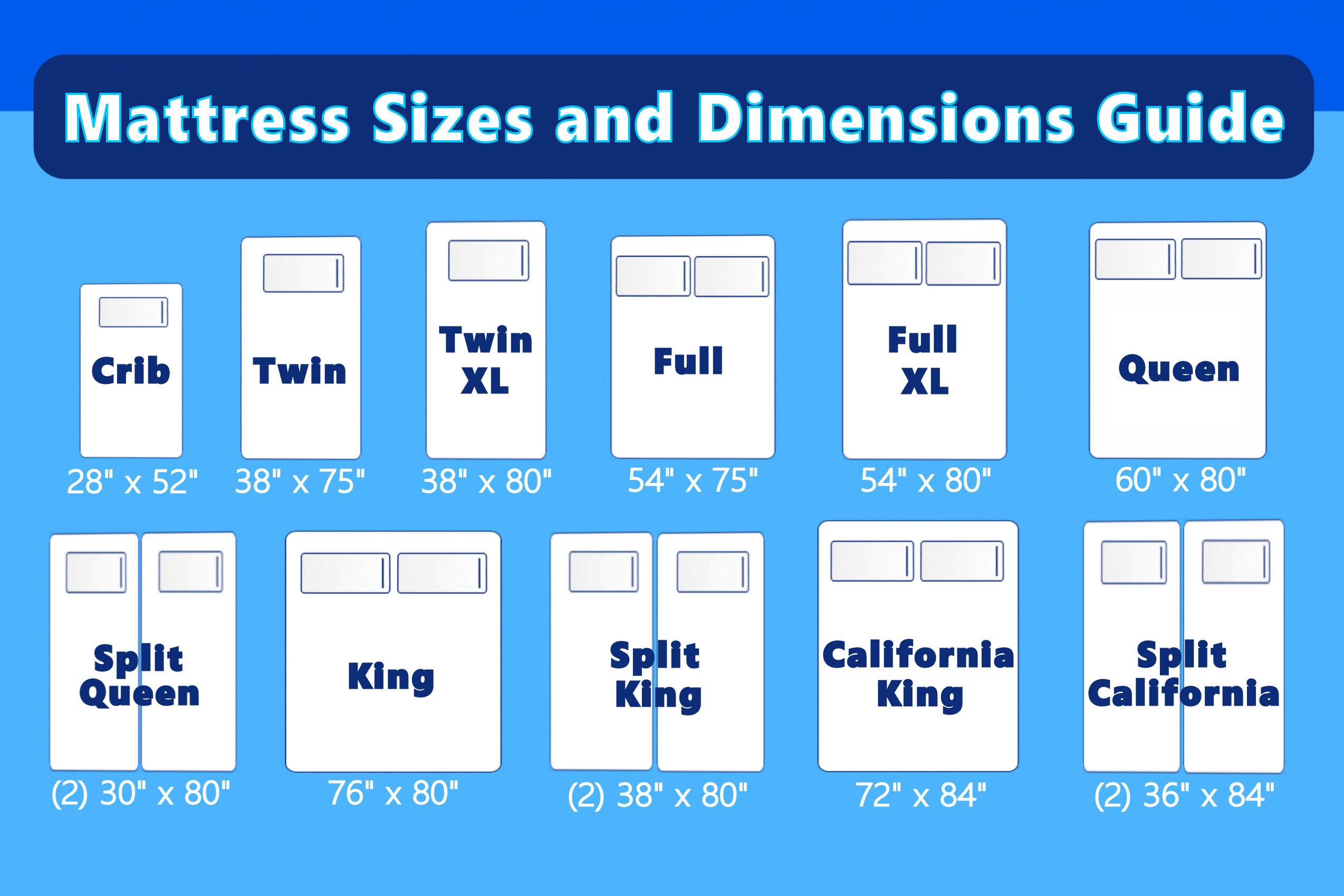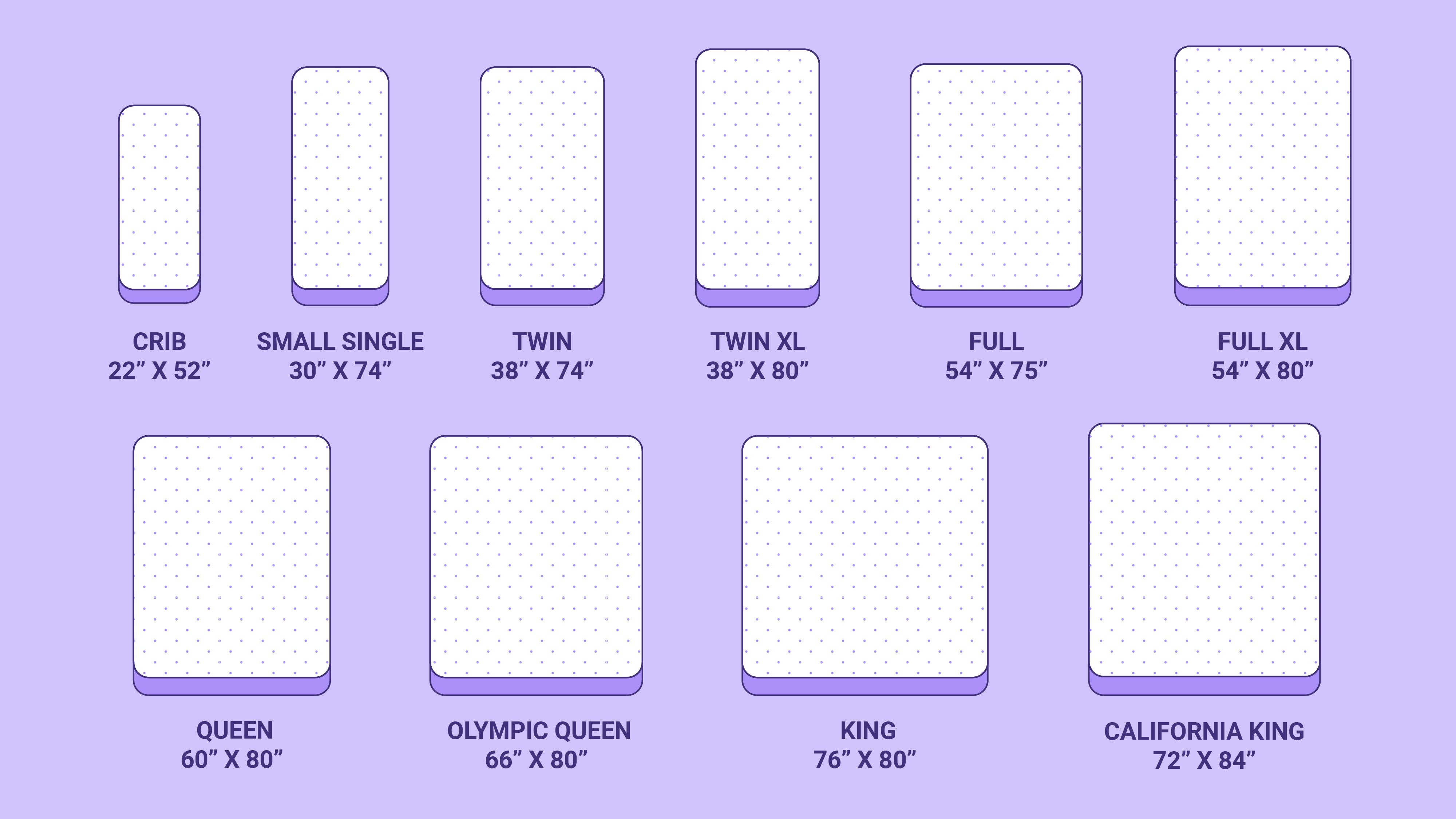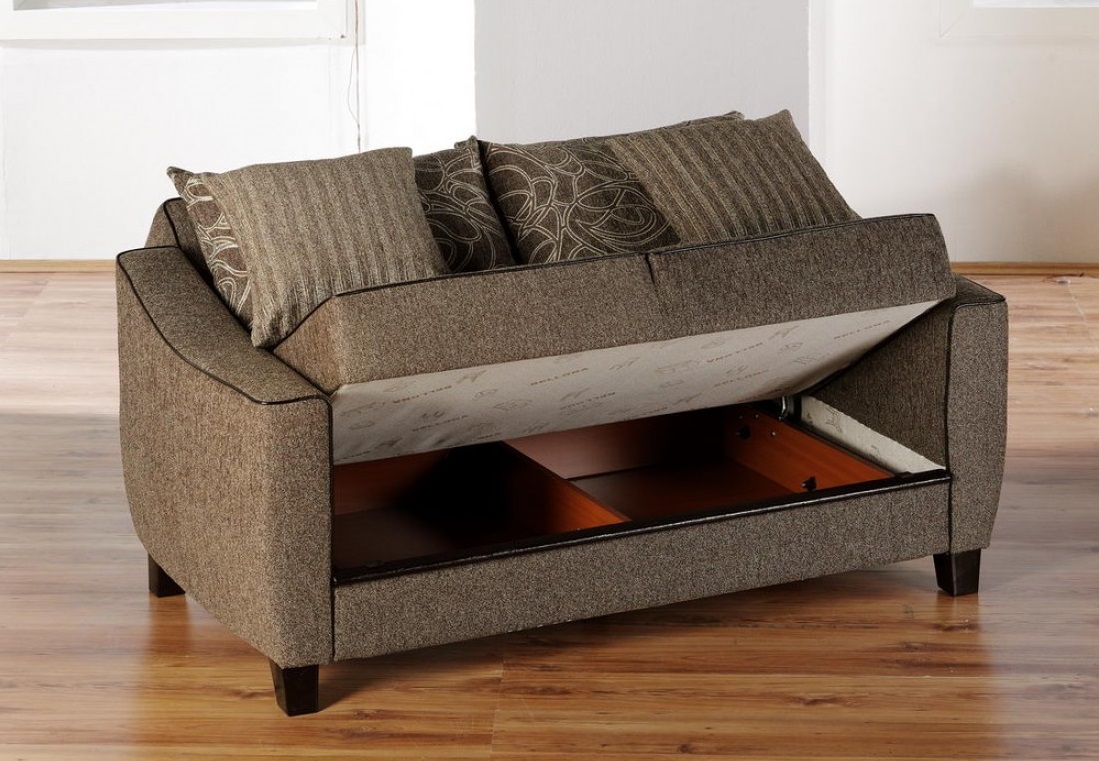Many people are familiar with the uncomfortable and unsightly skin irritation known as a rash. However, what many may not realize is that their mattress cover could be the culprit behind their rash. Mattress covers are designed to protect and extend the life of your mattress, but they can also cause irritation, redness, and itching. In this article, we will explore the top 10 possible causes of a rash on your mattress and how to prevent and treat them.Can a Mattress Cover Give You a Rash?
1. Allergies: If you have allergies to certain materials or fabrics, your mattress cover could be triggering a rash. Common allergens found in mattress covers include latex, wool, and down feathers. 2. Chemicals: Mattress covers can also be treated with chemicals to make them stain-resistant or waterproof. These chemicals can cause skin irritation and rashes, especially for those with sensitive skin. 3. Dust Mites: These tiny creatures are a common allergen and can live in your mattress cover, causing skin irritation and rashes. 4. Mold and Mildew: Moisture can accumulate in your mattress cover, creating the perfect environment for mold and mildew to grow. These can cause skin irritation and rashes, as well as respiratory issues. 5. Poor Quality Materials: Mattress covers made from low-quality materials can cause friction and irritation against the skin, resulting in a rash. 6. Infrequent Cleaning: If you do not regularly clean and wash your mattress cover, it can accumulate dirt, sweat, and dead skin cells, which can cause skin irritation and rashes. 7. Bed Bugs: These pesky insects can infest your mattress cover and cause bites and skin irritation. 8. Heat Retention: Some mattress covers are designed to trap body heat, making you feel hot and uncomfortable and potentially causing skin irritation. 9. Size and Fit: A mattress cover that is too tight or too loose can cause friction against the skin, leading to rashes. 10. Personal Hygiene: Poor personal hygiene, such as not showering before bed or not changing your bed sheets regularly, can contribute to skin irritation and rashes.10 Possible Causes of a Rash on Your Mattress
If you are experiencing a rash and suspect that your mattress cover could be the cause, there are a few things you can do to confirm your suspicions: 1. Stop Using the Mattress Cover: The simplest way to determine if your mattress cover is causing your rash is to stop using it for a few days and see if your rash improves. 2. Check for Allergens: If you have known allergies, check the materials of your mattress cover to see if they could be causing your rash. 3. Inspect Your Mattress Cover: Look for signs of mold, mildew, or bed bugs on your mattress cover. If you see any, it may be time to replace it. 4. Examine Your Skin: If your rash is in a pattern or only appears on areas of your body that come into contact with your mattress cover, it is likely that it is the cause of your irritation.How to Tell if Your Mattress Cover is Causing Your Rash
One of the most common issues that can arise from using a mattress cover is contact dermatitis. This is a type of skin inflammation that occurs when your skin comes into contact with a substance that irritates it. Contact dermatitis from mattress covers can be caused by allergens, chemicals, or poor quality materials. The symptoms of contact dermatitis can vary from person to person but may include redness, itching, dryness, and blisters. It is essential to identify the cause of your contact dermatitis to prevent further irritation and discomfort.Understanding Contact Dermatitis from Mattress Covers
If you are prone to allergies or have sensitive skin, choosing a hypoallergenic mattress cover can help prevent rashes and skin irritation. Here are our top tips for selecting the right hypoallergenic mattress cover: 1. Look for Certifications: Look for mattress covers that are certified by organizations like the Asthma and Allergy Foundation of America or the Global Organic Textile Standard (GOTS) to ensure they are hypoallergenic. 2. Choose Natural Materials: Natural materials like cotton, bamboo, or silk are less likely to cause allergic reactions than synthetic materials. 3. Avoid Chemical Treatments: Steer clear of mattress covers that are treated with chemicals like flame retardants or stain-resistant coatings. 4. Consider a Zippered Encasement: A zippered encasement covers your entire mattress, protecting it from allergens and preventing dust mites from getting in and causing skin irritation. 5. Read Reviews: Do your research and read reviews from other customers who have allergies or sensitive skin to see which hypoallergenic mattress covers have worked for them.5 Tips for Choosing a Hypoallergenic Mattress Cover
If you have determined that your mattress cover is causing your rash, there are a few steps you can take to treat and prevent further irritation: 1. Stop Using the Mattress Cover: As mentioned earlier, the first step is to stop using the mattress cover and see if your rash improves. 2. Wash Your Mattress Cover: If your mattress cover is not hypoallergenic, washing it thoroughly can help remove any irritants or allergens that may be causing your rash. 3. Consult a Doctor: If your rash persists or gets worse, it is essential to consult a doctor, especially if you suspect you may have contact dermatitis. 4. Consider a New Mattress Cover: If your current mattress cover is causing irritation, it may be time to invest in a hypoallergenic option to prevent future rashes.What to Do if Your Mattress Cover is Giving You a Rash
Dust mites are tiny insects that feed on dead skin cells and can be found in mattresses, pillows, and bedding. These little creatures can cause skin irritation and rashes, especially for those with allergies or sensitive skin. By using a hypoallergenic mattress cover, you can create a barrier between yourself and the dust mites, preventing them from causing skin irritation.The Connection Between Dust Mites and Mattress Cover Rashes
To prevent rashes and skin irritation from your mattress cover, it is essential to clean and maintain it regularly. Here are a few tips for keeping your mattress cover clean: 1. Wash It Often: It is recommended to wash your mattress cover at least every two to three months, or more frequently if you have allergies or sensitive skin. 2. Use Hot Water: Hot water is necessary to kill dust mites, so make sure to wash your mattress cover in hot water and dry it on high heat. 3. Vacuum Your Mattress: Vacuuming your mattress regularly can help remove dust mites and other allergens, preventing them from accumulating in your mattress cover. 4. Rotate Your Mattress: Rotating your mattress every few months can help prevent wear and tear on your mattress cover, extending its lifespan.How to Properly Clean and Maintain Your Mattress Cover to Avoid Rashes
One of the key factors in preventing rashes from your mattress cover is choosing a breathable option. Breathable mattress covers allow for proper air circulation, reducing the build-up of moisture and preventing mold and mildew growth. They also help regulate body temperature, preventing heat retention, and potential skin irritation.The Importance of Choosing a Breathable Mattress Cover to Prevent Rashes
If your rash does not improve after stopping the use of your mattress cover or becomes more severe, it is essential to consult a doctor. They can help determine the cause of your rash and provide appropriate treatment, such as prescription medication for contact dermatitis. In conclusion, your mattress cover can indeed give you a rash, but with the right precautions and proper maintenance, you can prevent and treat them. By choosing a hypoallergenic and breathable mattress cover and regularly cleaning and maintaining it, you can ensure a comfortable and irritation-free sleep experience.When to See a Doctor for a Rash Caused by Your Mattress Cover
How a Mattress Cover Can Cause a Rash and What You Can Do About It
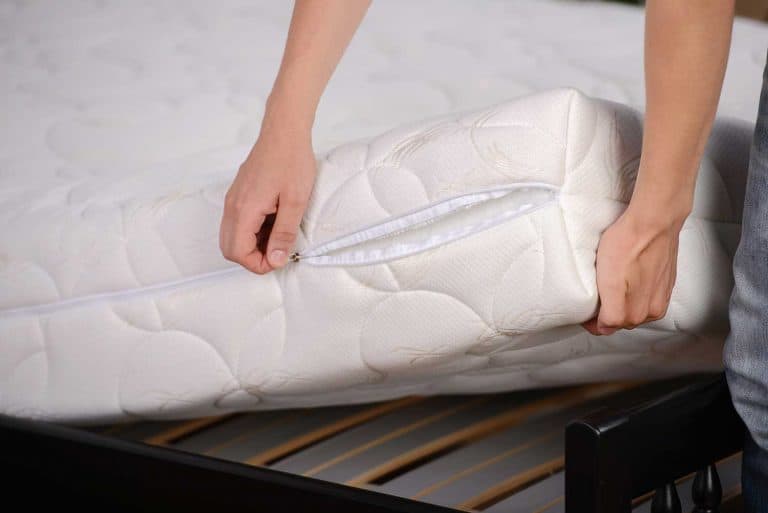
Rashes and Mattress Covers
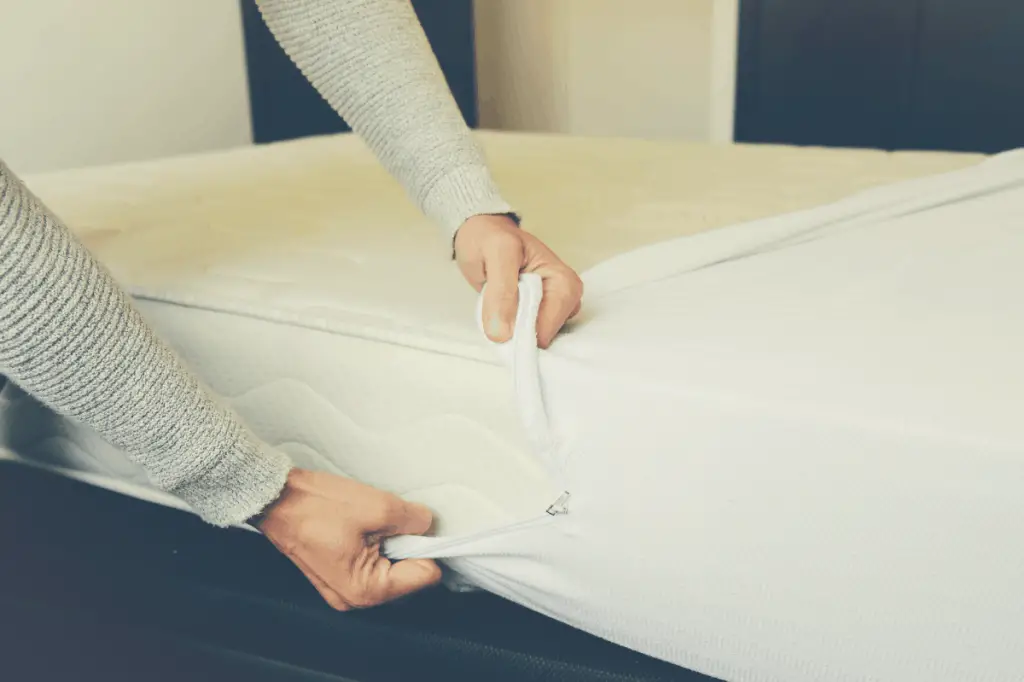 When it comes to creating a cozy and comfortable bed, many people opt for a mattress cover. These covers not only protect the mattress from stains and wear and tear, but they also provide an extra layer of cushioning for a better night's sleep. However, what many people don't realize is that
mattress covers can also be a potential cause for rashes on the skin
. If you have been experiencing unexplained rashes on your body, it might be time to take a closer look at your mattress cover.
When it comes to creating a cozy and comfortable bed, many people opt for a mattress cover. These covers not only protect the mattress from stains and wear and tear, but they also provide an extra layer of cushioning for a better night's sleep. However, what many people don't realize is that
mattress covers can also be a potential cause for rashes on the skin
. If you have been experiencing unexplained rashes on your body, it might be time to take a closer look at your mattress cover.
The Culprit: Allergens and Irritants
 One of the main reasons why a mattress cover can give you a rash is due to the presence of allergens and irritants
. Dust mites, mold, and bacteria can easily accumulate on your mattress cover, especially if it is not regularly cleaned. These microscopic organisms can trigger an allergic reaction or irritate the skin, causing redness, itching, and even blisters. Furthermore, some mattress covers may also contain chemicals or dyes that can be harsh on sensitive skin.
One of the main reasons why a mattress cover can give you a rash is due to the presence of allergens and irritants
. Dust mites, mold, and bacteria can easily accumulate on your mattress cover, especially if it is not regularly cleaned. These microscopic organisms can trigger an allergic reaction or irritate the skin, causing redness, itching, and even blisters. Furthermore, some mattress covers may also contain chemicals or dyes that can be harsh on sensitive skin.
Prevention and Treatment
 The good news is that there are simple steps you can take to prevent and treat rashes caused by your mattress cover
. First and foremost, make sure to regularly wash and change your mattress cover.
Opt for hypoallergenic and organic materials
when purchasing a new cover to minimize the risk of irritation. If you are already experiencing a rash, try using a gentle and fragrance-free laundry detergent when washing your sheets and covers. Applying a
calamine lotion or hydrocortisone cream
can also provide relief for the itching and redness.
The good news is that there are simple steps you can take to prevent and treat rashes caused by your mattress cover
. First and foremost, make sure to regularly wash and change your mattress cover.
Opt for hypoallergenic and organic materials
when purchasing a new cover to minimize the risk of irritation. If you are already experiencing a rash, try using a gentle and fragrance-free laundry detergent when washing your sheets and covers. Applying a
calamine lotion or hydrocortisone cream
can also provide relief for the itching and redness.
Consider Investing in Quality Bedding
 While a mattress cover is a great investment for protecting your mattress,
it is also important to invest in quality bedding
for your overall health and well-being. Look for covers made from breathable and natural materials such as cotton or bamboo. These materials are less likely to harbor allergens and irritants and are gentle on the skin. Additionally, consider using a mattress protector instead of a cover, as it provides a waterproof barrier while still allowing air to circulate.
In conclusion,
it is essential to pay attention to the materials and upkeep of your mattress cover
to avoid potential skin irritation. Take the necessary precautions and invest in high-quality bedding for a comfortable and healthy sleep environment. If you continue to experience rashes despite these measures, it is best to consult a dermatologist for further advice and treatment. Your sleep and skin health are worth the extra effort and care.
While a mattress cover is a great investment for protecting your mattress,
it is also important to invest in quality bedding
for your overall health and well-being. Look for covers made from breathable and natural materials such as cotton or bamboo. These materials are less likely to harbor allergens and irritants and are gentle on the skin. Additionally, consider using a mattress protector instead of a cover, as it provides a waterproof barrier while still allowing air to circulate.
In conclusion,
it is essential to pay attention to the materials and upkeep of your mattress cover
to avoid potential skin irritation. Take the necessary precautions and invest in high-quality bedding for a comfortable and healthy sleep environment. If you continue to experience rashes despite these measures, it is best to consult a dermatologist for further advice and treatment. Your sleep and skin health are worth the extra effort and care.
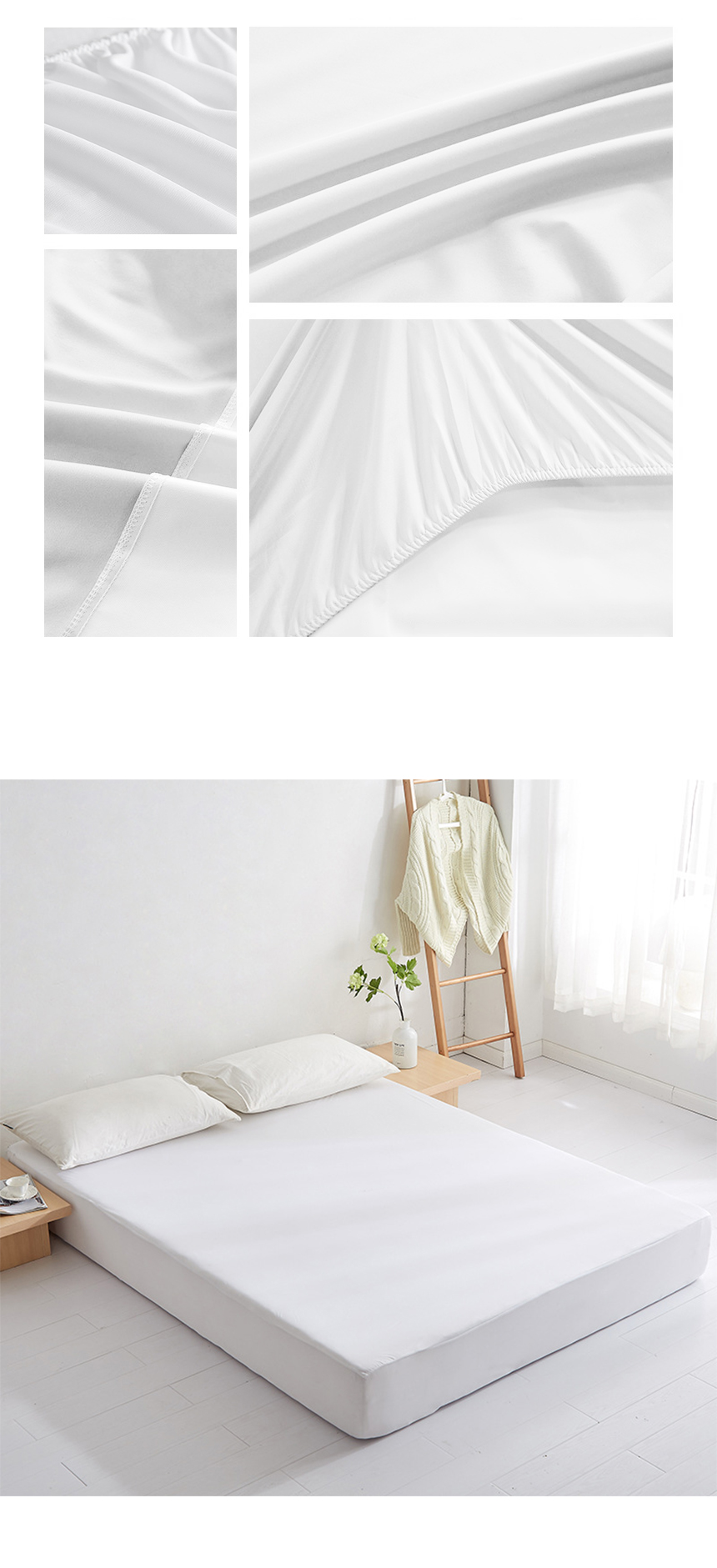







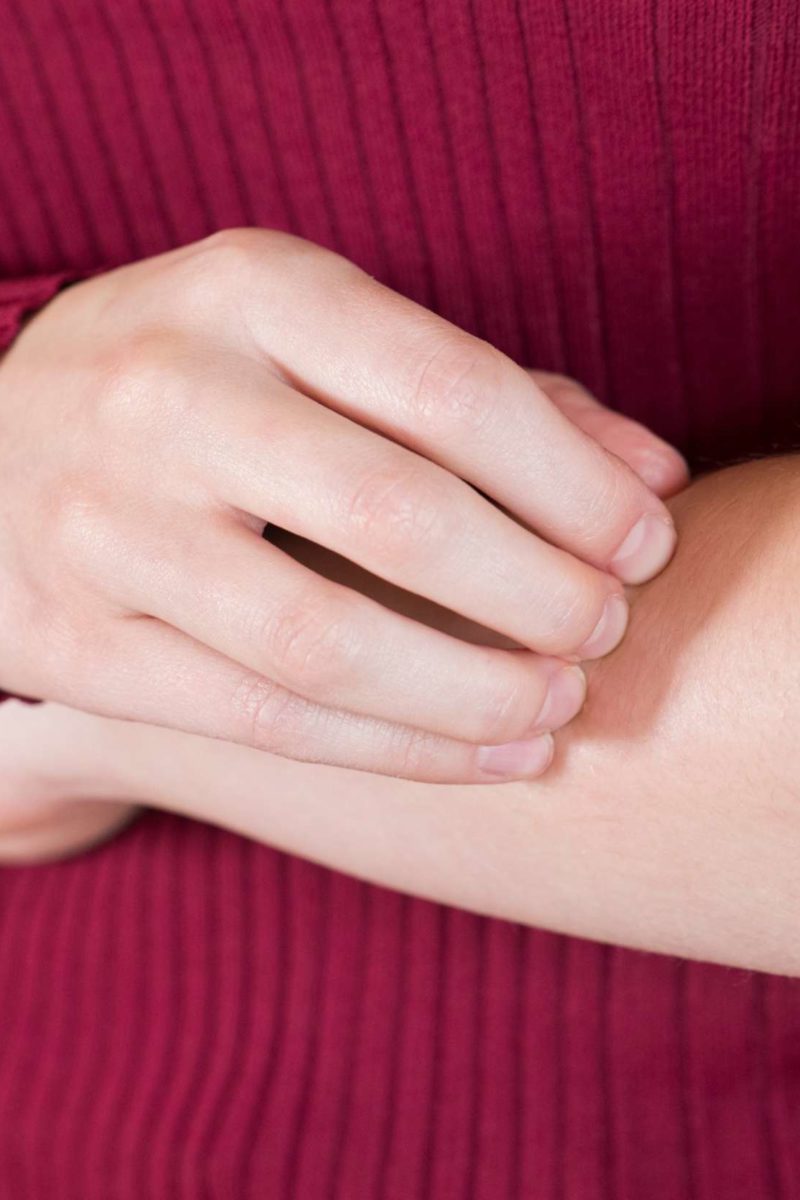



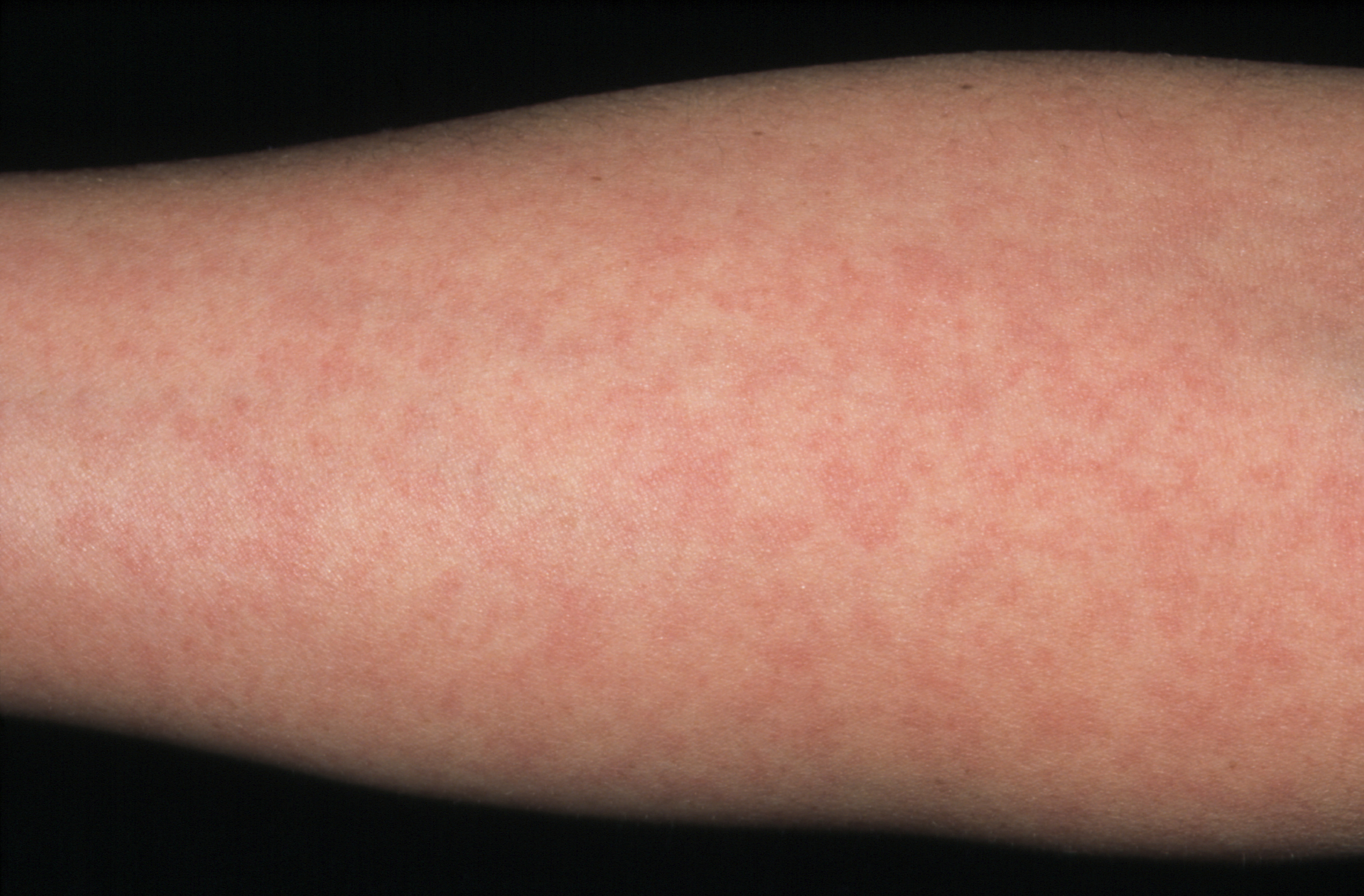
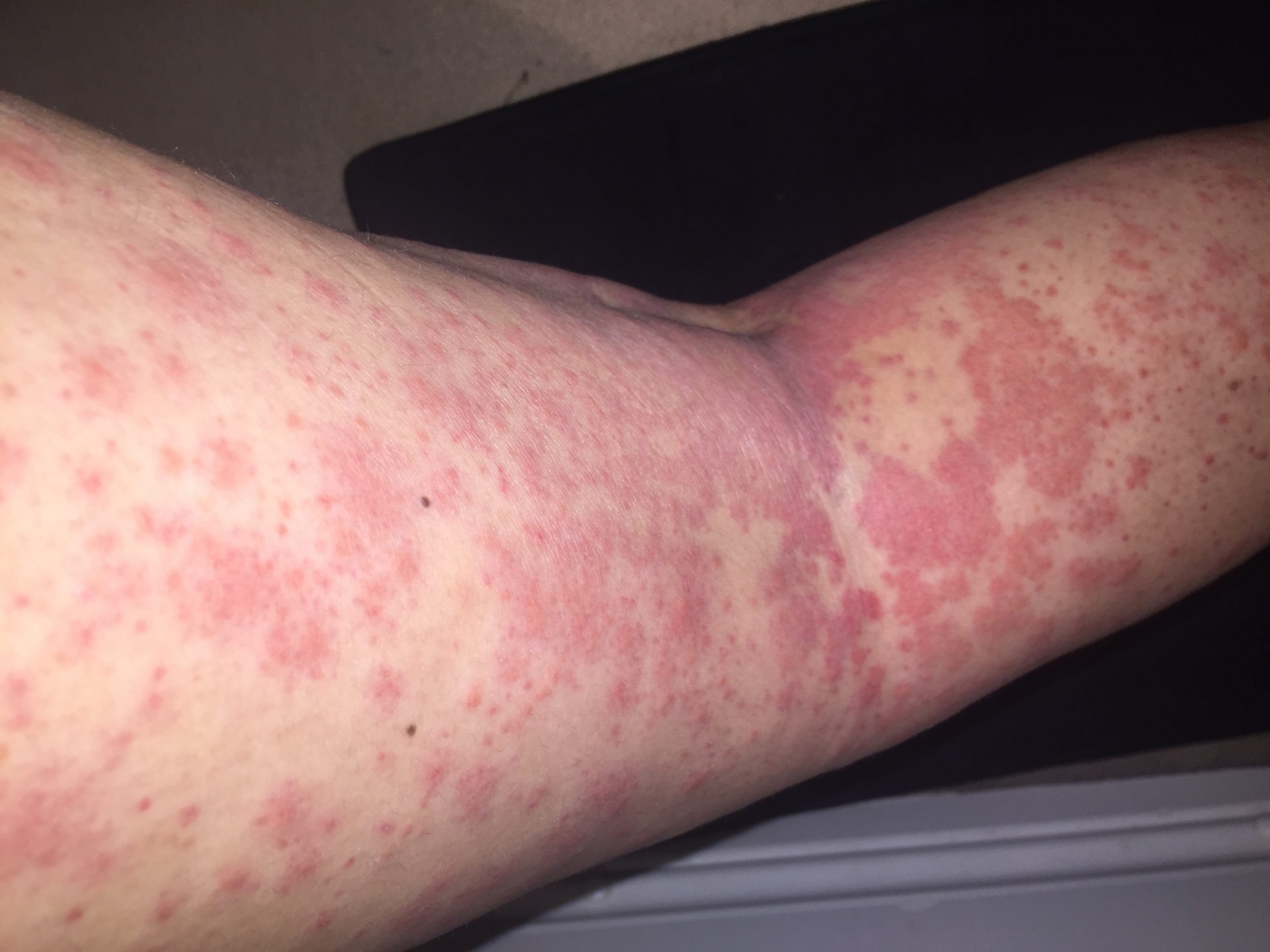

:max_bytes(150000):strip_icc()/Contact-Dermatitis-HKPNC-Getty-Images-586753a83df78ce2c36e4f3d.jpg)












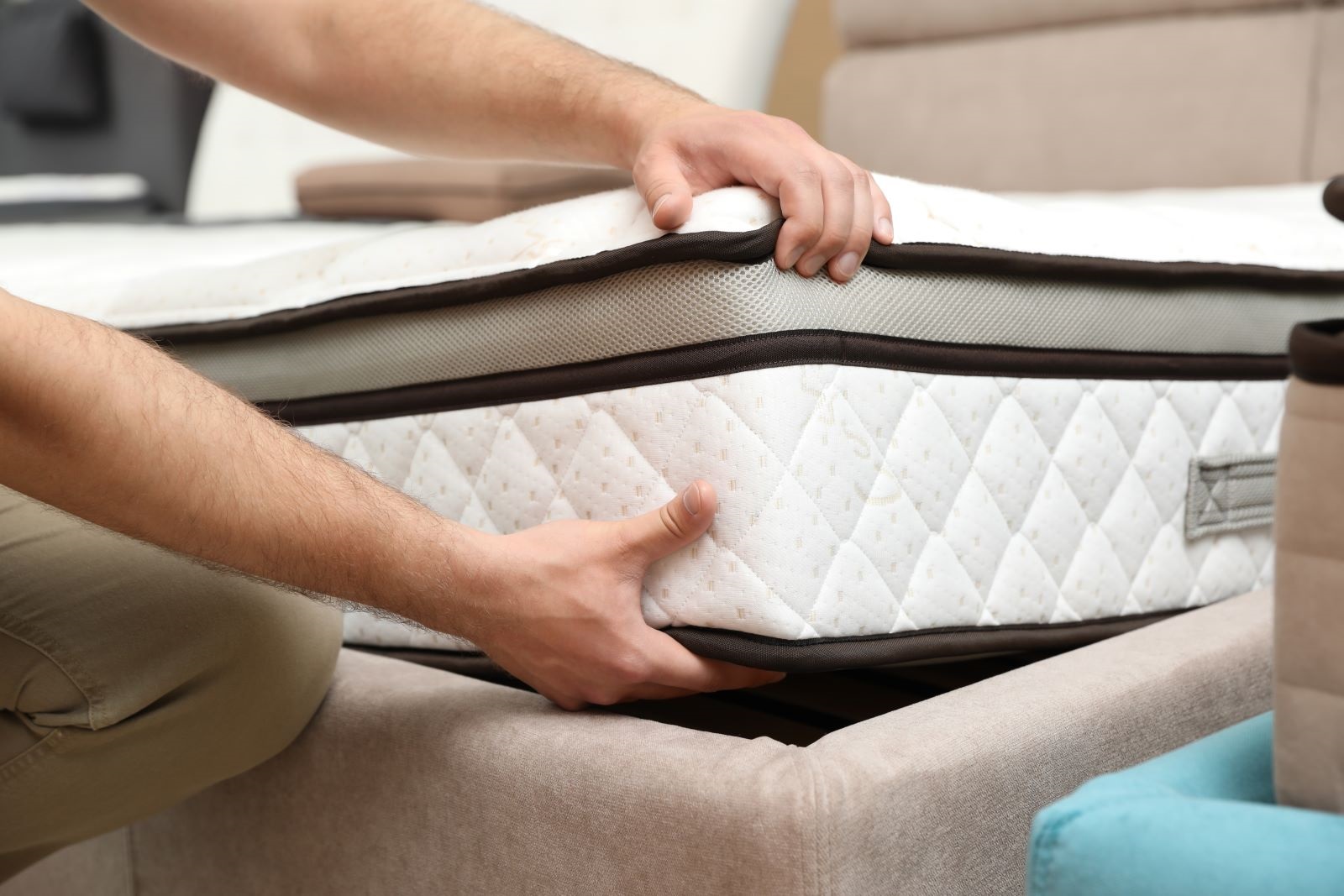









:max_bytes(150000):strip_icc()/ContactDermatitisSymptomsAniaoStudioGettyImages-23d8566b50aa4c26869700049480ba9f.jpg)








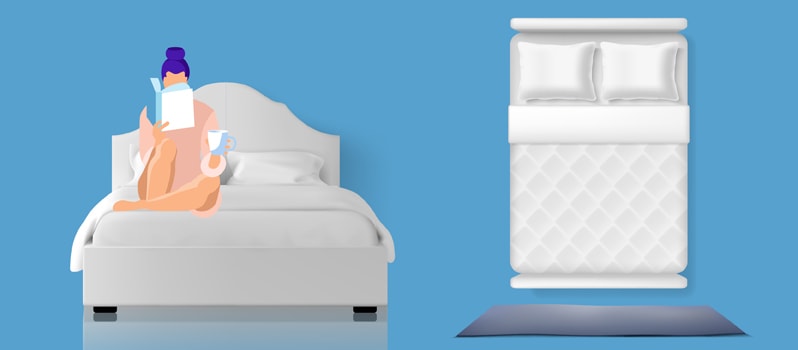









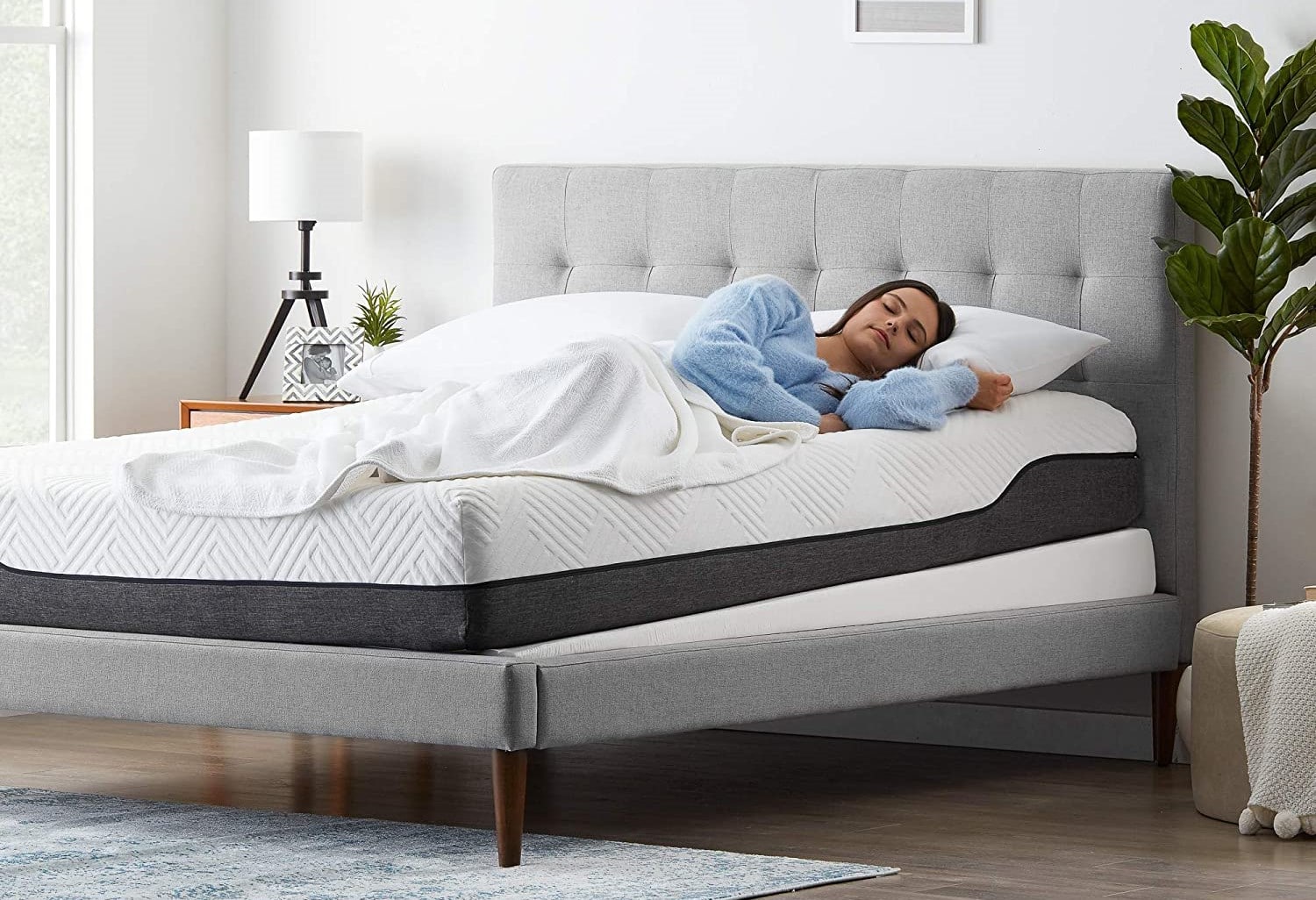
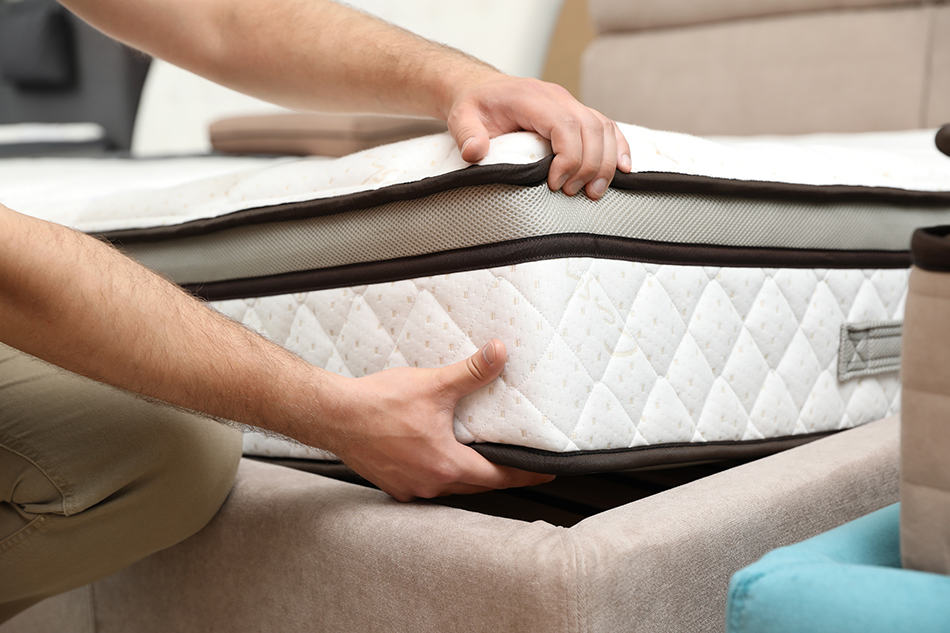
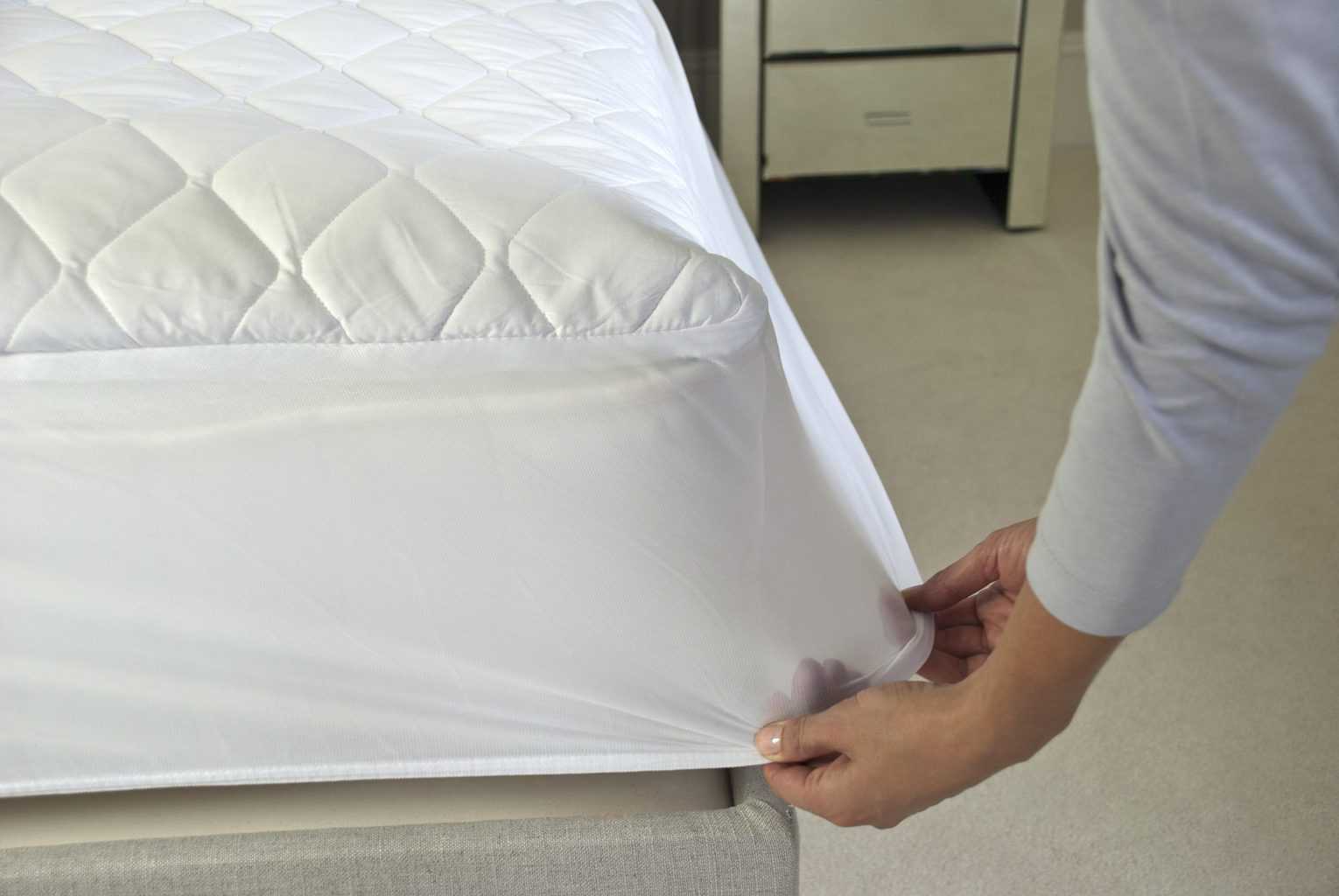






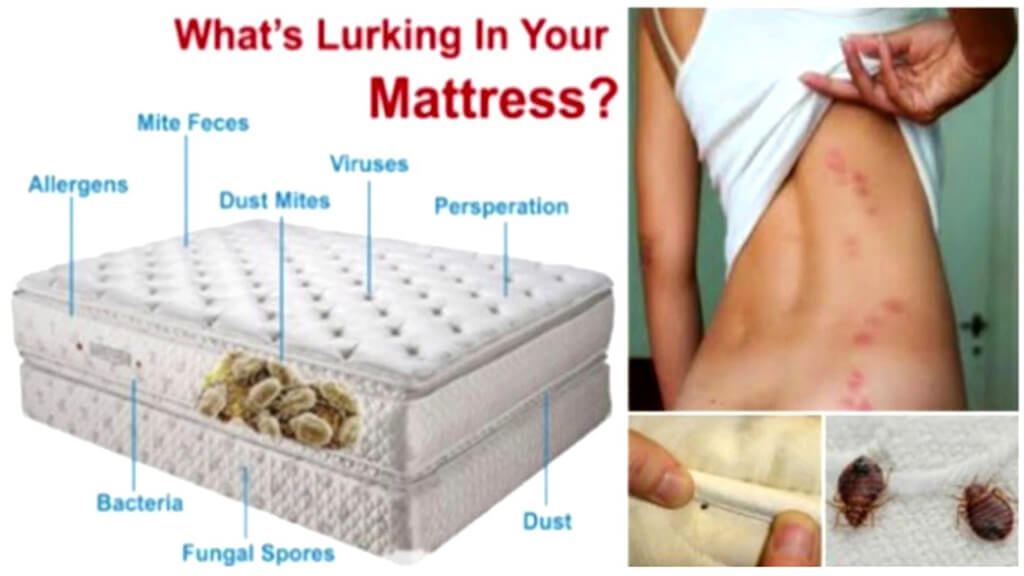

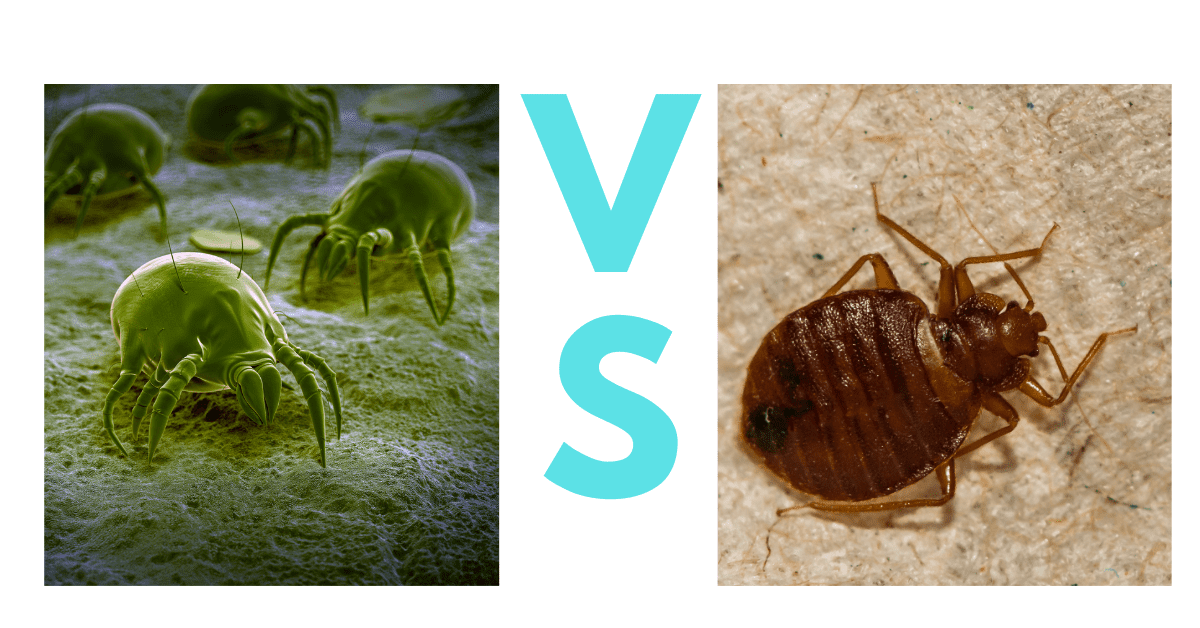




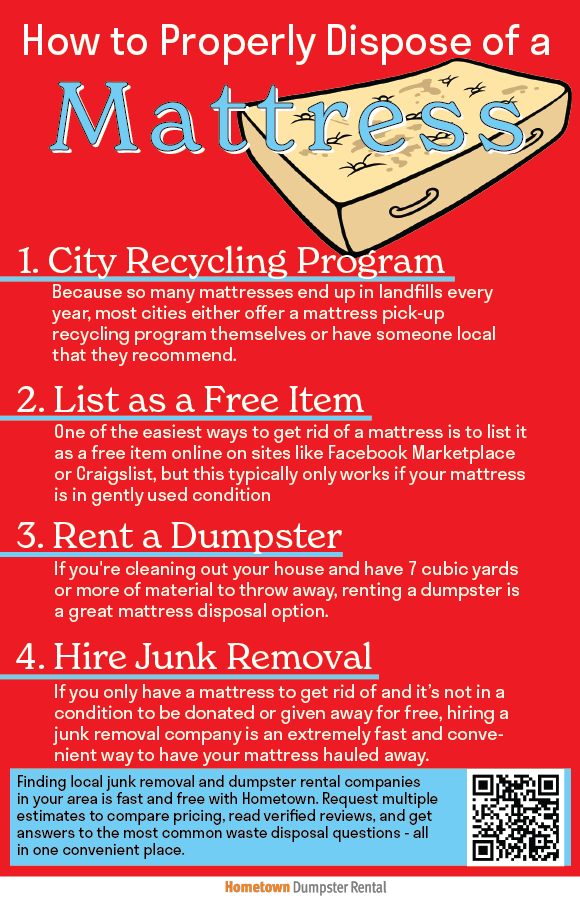
/GettyImages-183812306-56a4e8855f9b58b7d0d9d750.jpg)





